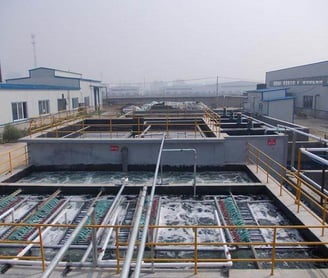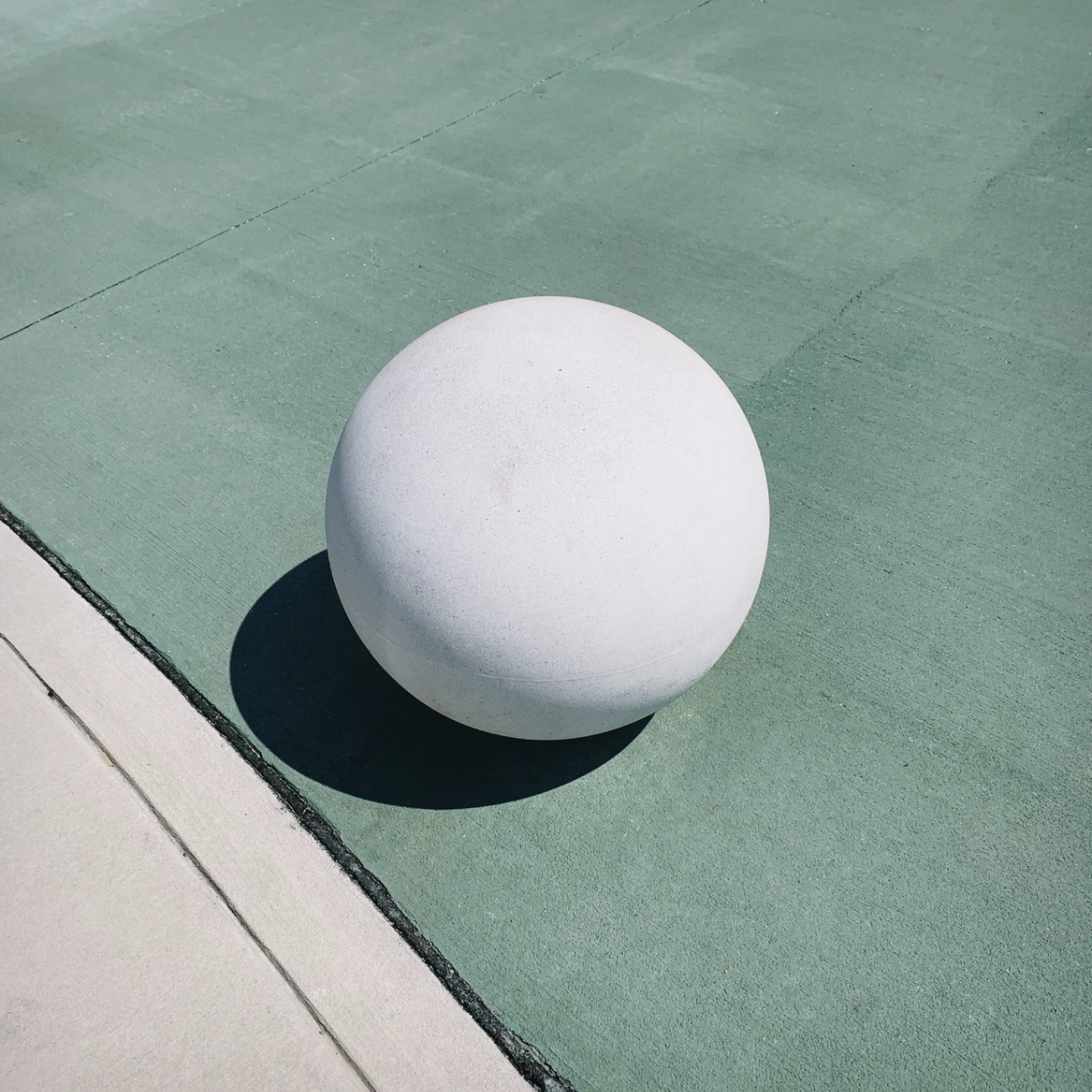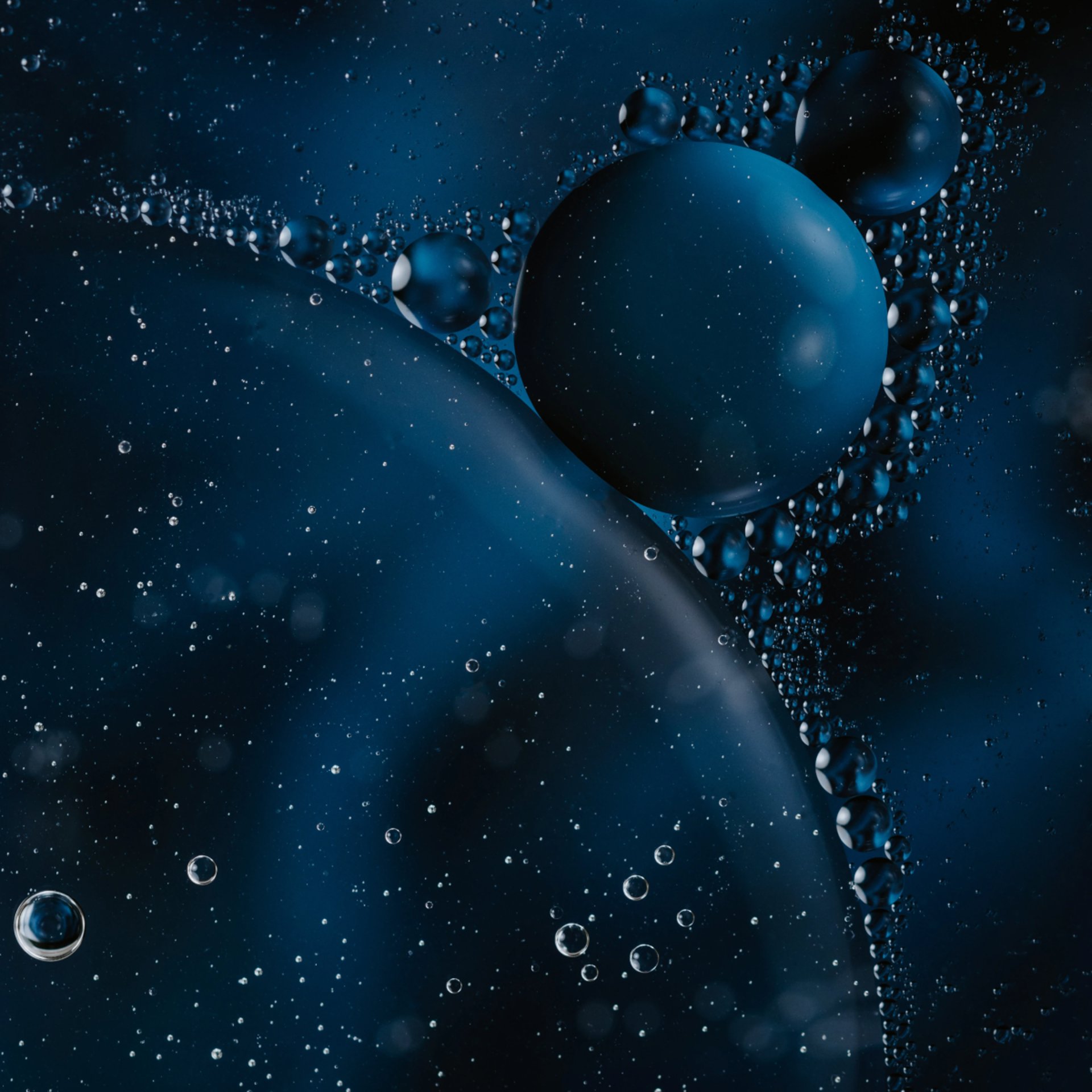Application-Drinking water production
A value solution to your specific water treatment problems
CASE STUDY-FMBR


The conventional treatment procedures of the water purification plant are coagulation, sedimentation, and filtration. The membrane separation water plant requires simple treatment procedures when the raw water meets the conditions of the filtration membrane treatment. Or add micro-sieve treatment). In terms of energy consumption, a full filtration method using a filtration membrane is used. Because the pressure is increased by the filtration membrane, the raw water pump still needs to consider increasing the pressure.
Drinking water production
Drinking water can be produced from any natural sources like groundwater, lakes and rivers (surface waters) or seawater.
Drinking water standards are set by the World Health organisation or by the European Union.
Drinking water must be free of suspended solids, microorganisms and toxic chemicals. Mineral concentration recommendation vary from country to country but most of the minerals have a maximum concentration recommended to ensure safe, equilibrated and pleasant water to drink.
For municipal drinking water, a special focus is carried on the corrosivity and scaling potential of the water to maintain distribution piping in good shape. Typical pH 8, TAC 8 and TH 8 are applied, when possible.
For bottled water, taste can vary upon calcium, magnesium, sulfate and iron content.
For the answers to your questions on drinking water please check out our drinking water FAQ.
Here an example of a drinking water purification process.
Sea water drinking










